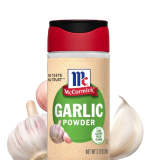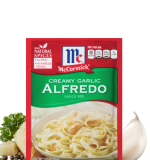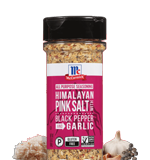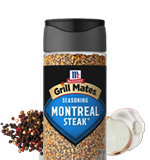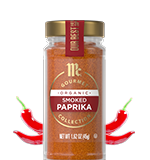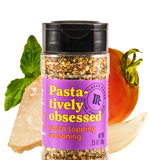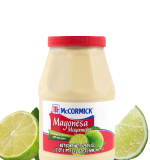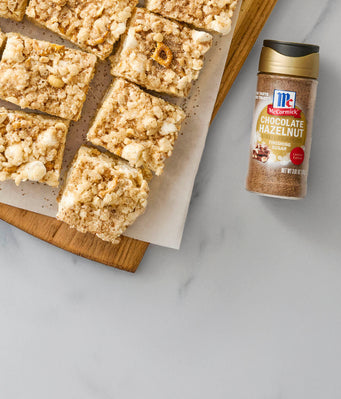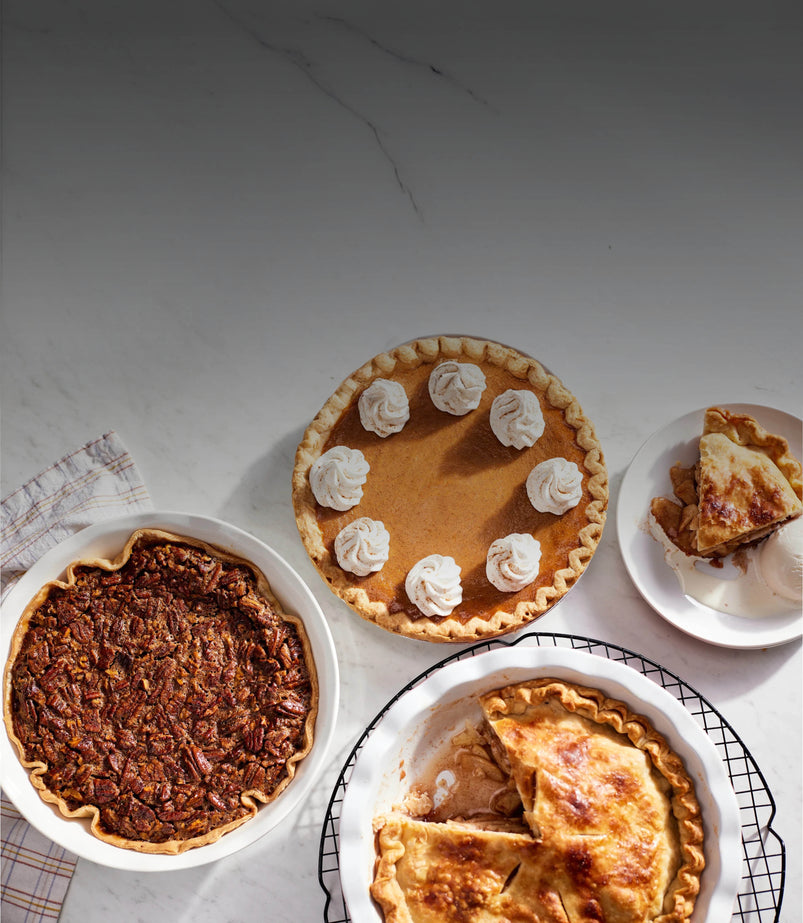
Supercharge Your Supper with Pan Drippings

By: Brier Barclay
November 11, 2025
Instructions
You've just pulled a gorgeous roast from the oven. At the bottom of your pan sits a pool of concentrated flavor that many home cooks disregard. These pan drippings are a savory treasure. They take hours to create, and wasting them is a culinary crime. We're here to put you on the right path by showing you how to fully enjoy this liquid gold.
Why You Should Save Pan Drippings
The brown, fragrant liquid left behind after roasting meat is more than just rendered fat. It's a complex mixture of caramelized proteins, dissolved collagen, and fat that captures every bit of seasoning you rubbed onto that roast. From a nutritional standpoint, pan drippings contain fat-soluble vitamins and minerals that leached from the meat during cooking, along with gelatin from connective tissue that adds body and richness to whatever you cook.
These drippings pack an intense, concentrated flavor that you can't get with stock from a carton. The Maillard reaction that happens during roasting creates hundreds of complex flavor compounds. Using them in your cooking amplifies the savory depth of gravies, sauces, and vegetables. Just take this Turkey Gravy Recipe as an example.
Pan drippings are also a good example of nose-to-tail cooking principles. You've already invested time and money into that roast. Why throw away a byproduct that can extend its value across multiple meals? Saving drippings represents a mindful approach to cooking.
How to Make a Delicious Gravy from Pan Drippings
Learning how to make gravy from drippings is important for any home cook. The '3F' formula couldn't be simpler: fat, flour, and fluid. For a basic gravy from drippings, you'll need equal parts fat and flour to create your roux, then gradually whisk in stock or water. The magic ratio is two tablespoons each of fat and flour for every cup of liquid.
You can ensure you get the right ratio by separating the fat from the tasty juices underneath after taking the drippings out of the oven. Pour everything into a fat separator or simply let it settle in a measuring cup. The fat rises to the top naturally.
Heat the fat in your pan, whisk in the flour until it turns golden with a nutty fragrance, then slowly add your liquid while whisking constantly to prevent lumps. This Perfect Brown Gravy recipe demonstrates the technique with beef drippings.
Creative Variations
Once you master the basics, you can transform your drippings gravy with herbs and spices. Fresh thyme, rosemary, or sage complement poultry and pork beautifully. Just add them while the gravy simmers. A splash of wine or brandy deglazes those stuck-on bits (called 'fond') and adds extra depth. Don't be afraid to experiment with mustard, soy sauce, or even a dash of hot sauce to customize your gravy. For holiday meals, this Apple Turkey Gravy recipe shows how fruit juice and sage can create a fall-inspired gravy that guests remember long after dessert.
Creative Uses for Leftover Pan Drippings
Gravy is the most popular use for pan drippings but it isn't the only way they can elevate your cooking. Roasted vegetables reach new heights when you toss them with a tablespoon or two of pan drippings before they hit the oven. It's great for caramelization. Soups and stews also come alive when you add a few tablespoons of drippings to your pot along with your aromatic vegetables.
Marinades and salad dressings also get more interesting with drippings in the mix. Combine cooled, strained drippings with vinegar, mustard, and herbs for a warm bacon vinaigrette that transforms simple greens into restaurant-quality fayre. Or use them as the fat base for a marinade, mixing with acid, garlic, and spices to tenderize and flavor your next batch of chicken thighs or pork chops.
Storing and Reheating Pan Drippings
After straining out the solids, let the drippings cool to room temperature and then transfer them to an airtight container. Refrigerated drippings keep for up to four days, while frozen drippings last up to three months. The fat will solidify on top, creating a natural seal to preserve the liquid.
Gentle reheating preserves your drippings' flavor best. Scoop out what you need and warm it slowly over low heat. Never microwave them at full power because the uneven heating can cause the fat to separate and spit.
Making the Most of Every Drop
Pan drippings are literally your secret sauce, transforming ordinary meals with minimal effort. Start small, experimenting with the drippings from your next roast chicken. Once you experience the difference they make, you'll wonder how you ever cooked without them. Your family will thank you, and so will your taste buds.
More pan dripping recipes
Pan drippings work in a wide range of recipes. Here are a few more.

